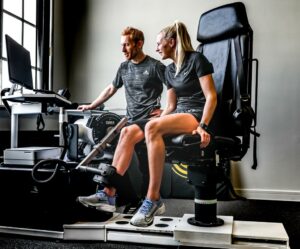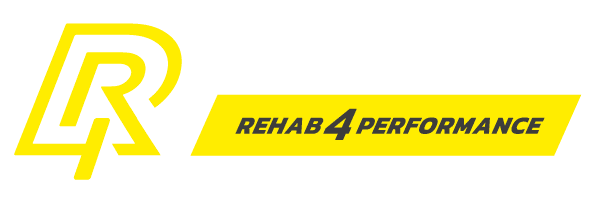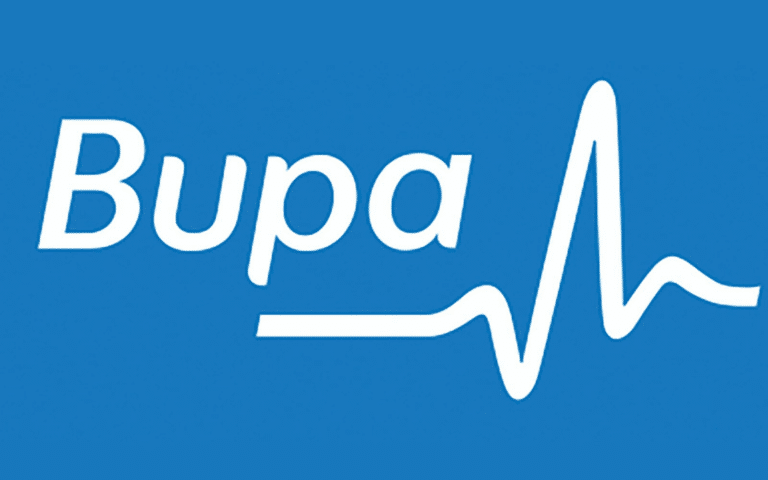Read our previous article on complex knee injuries.
Initial Management ABCs:
Whether post-operative or a conservative management approach is instigated the principles of initial management are concrete.
“Alleviate dysfunction and optimise tissue healing”.
A) Achieve a ‘quiet’ knee – if the knee is swollen it is not happy. Regaining homeostasis is fundamental to rehabilitation and should be a key focus. Andy Williams makes a great point when he refers to surgery as a ‘2nd injury’ for the limb – do not underestimate this (it’s also a great way of framing clinical presentation for your patient/athlete). A knee joint effusion will also potentially inhibit the quadriceps – see below.
B) Restore range of motion within the constraints of the injury management plan (e.g. the joint may be braced within a restricted range for a high-grade collateral ligament injury).
C) Arthrogenic muscle inhibition – the ‘knee rehab nemesis’. Anterior cruciate ligament injury has been shown to interrupt intracortical and corticospinal tract pathways relating to quadriceps muscle activation and rate of force development. Restoration of a good quadriceps contraction is vital – use all the tools at your disposal. Electrical muscle stimulation and Blood flow restriction (BFR) are known to increase quadriceps motor unit recruitment. Cryotherapy is also useful for increasing quadriceps activation if these modalities are not available to you.

Implement the Fundamental Principles of Loading:
“Systematically progress joint range of motion and strength”.
A) The principles of progressive overload, specificity, volume and intensity need to be considered to facilitate optimal rehab.
B) Train the three planes of movement.
C) Listen to the knee – be guided by any reaction in terms of the cardinal signs (heat, redness, swelling, pain, function) and review these before and after sessions.
D) Implement task-based criteria for exercise progression. We have blogged previously regarding our return to running criteria i.e. an isometric quadriceps peak force of 2.1N/kg (or isokinetic quadriceps peak torque of 1.5Nm.kg) is likely sufficient to control the external knee flexor moment (avoiding a stiff knee) when you instigate running (caveat being this is not the only criterion for commencing running) (Iwame et al 2021).
E) Appreciate the individuality of the sporting discipline and the athlete themselves. The requirements of the sport need to be established to manipulate the rehabilitation and achieve the desired outcomes. For example, the parameters of strength, power and multi-directional movement required for a field-based athlete such as a football player will differ dramatically from a skier.
F) Utilise a holistic approach. Amongst other aspects:
– consider other bodily systems (ie metabolic, cardio-vascular)
– train proximal and distal to the site of injury,
– train the contralateral limb
– implement the biopsychosocial approach – plenty out there from Clare Ardern on the psychological impact of ACL injury impacting a return to performance.
A Few R4P Nuggets:
– We know that gluteus maximus, gluteus medius and soleus are the primary restraints to an external valgus moment whilst changing direction (‘hat tip’ to Nirav Maniar). There is no reason why you cannot go to town on these muscle groups immediately with the majority of complex knee injuries.
– Utilise the cross-over effects from training the contra-lateral limb.
– Utilise active and passive BFR.
– Biomechanical differences exist in athletes that suffer ACL re-injury or contralateral ACL injury compared with those that do not, whilst performance deficits do not differ between groups (King et al 2018; King et al 2019; King et al 2021). If you have the option to utilise 3-D Motion Capture Analysis such as that at R4P, we recommend you do so.
I could blog on this for hours, however, a professional football player with a complex knee injury awaits me!
Final thought, no long-term rehabilitation is the same. There will be good days and not-so-good days. Our role as physiotherapists and the wider rehabilitation team is to use our clinical reasoning to navigate the rehab and guide our patients or athletes to their final destination. If it was easy, you could get your rehab on a prescription from the Chemist!

MATT KONOPINSKI
Co-Founder and Head of Physiotherapy and Performance












